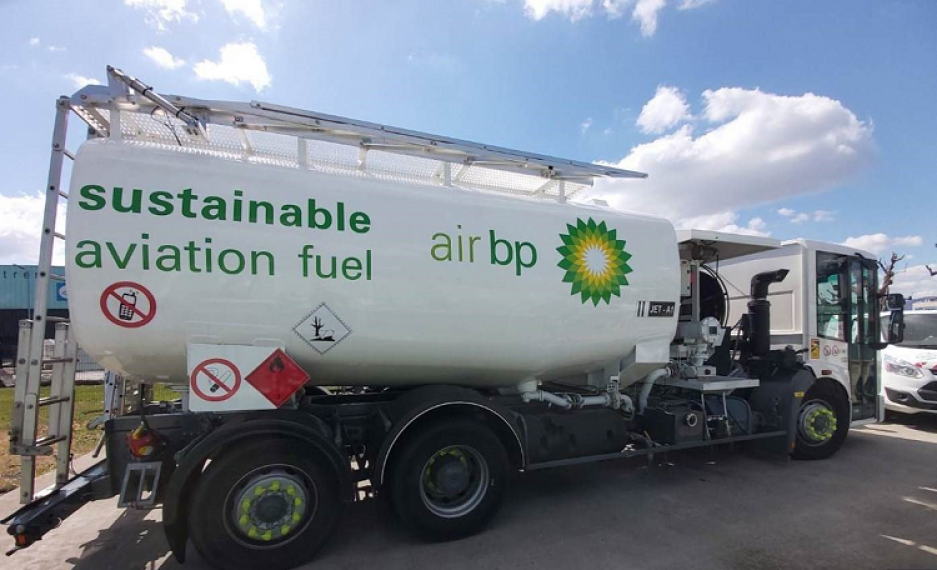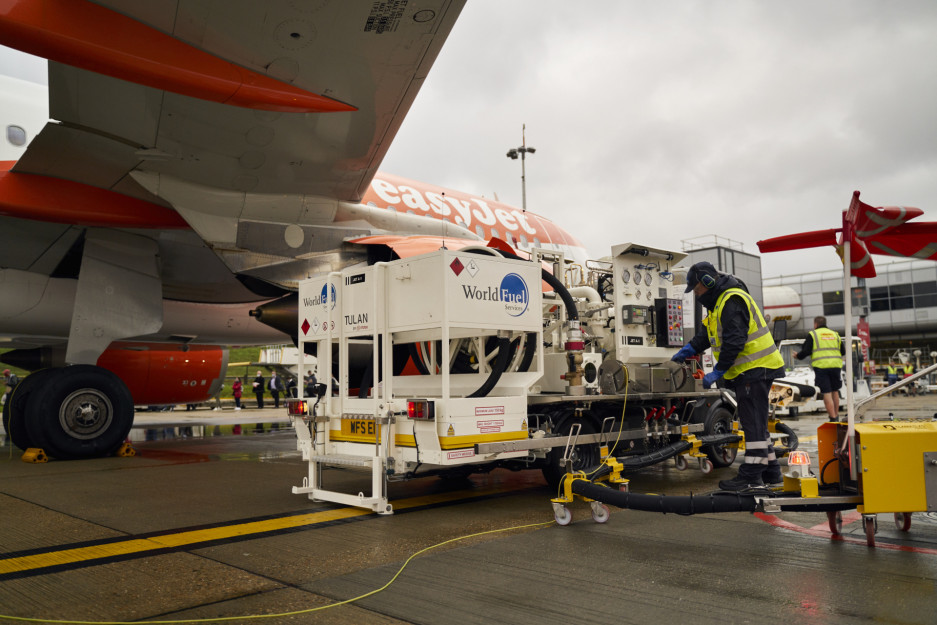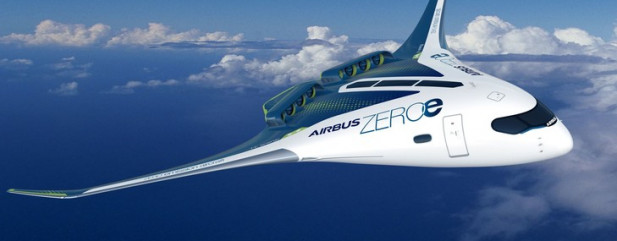
Positive Mobility
eMagBiokerosene: from black gold to green gold?

Replacing kerosene with biofuel is one of the most promising possibilities in the short-term for reducing CO2 emissions from aviation. It offers a number of advantages – as long as it can be produced sustainably and at a competitive price.
What are we talking about here?
Instead of being refined from naturally occurring fossil resources such as oil, a biofuel is made from renewable or recycled organic material such as oilseeds (colza, sunflower, palm, etc.), used oil and grease, farm waste, etc. More experimentally, biofuels can also be made from tank-cultivated microalgae.
What are the advantages?
Biofuels offer an improved carbon footprint: theoretically, burning biofuel only releases into the atmosphere CO2 that had previously been “retained” by the organic material used in its manufacture. Depending on the process and supply chain, biofuels could in time cut C02 emissions caused by air transport by 50% to 90%. It also has the advantage of being compatible with conventional aircraft. Unlike hydrogen or electricity, biofuels do not require major engine modifications and are in fact already used as mixtures with conventional kerosene. After becoming the first operator to start offering sustainable biofuel in France on business flights run by Michelin Air Services in April, VINCI Airports has taken another important step by offering in October the choice at London Gatwick on regular flights.

What are the problems to solve?
Current technologies allow for biofuel-kerosene mixtures of up to 50%. But globally the amount of biofuel incorporated into kerosene is scarcely more than 0.1%. Why? The lack of sufficient industrial-scale production means it costs a lot more than conventional kerosene. And to be genuinely sustainable, biokerosene must be produced without impacting food production or creating even more deforestation.
What happens next?
In France, a national strategy for fostering the emergence of a sustainable biokerosene production sector aims to see incorporation rates of 2% in 2025 and 5% in 2030. As part of this process, major companies such as Airbus, Air France, Safran, Total and Suez Environnement are working together in a cross-disciplinary R&D effort.
There is still a long way to go, but the French authorities estimate that biokerosene could account for 50% of aviation fuel use by 2050.
What are the adaptations, changes and innovations that the rise of biofuels will mean to a network like VINCI Airports?
The development of biofuels, also known as sustainable aviation fuel (SAF), does not require us to alter any of our airport infrastructure.
This is because biofuels meet the same product quality and safety requirements as kerosene.
Biofuels for aviation have to meet specific standards to ensure passenger safety, and they are certified by ASTM International. Every delivery of biofuel is subject to a certification testing process to ensure compatibility with existing aircraft and installations.
One of the great strengths of the VINCI Airports network is our ability to roll out large-scale point-to-point solutions.
This means we can offer airlines, our customers, the ability to refuel with biofuel at their departure and destination airports, cutting the end-to-end carbon footprint of their flights.
What steps are you taking to encourage the development of this new sector?
For the past two years our teams have been working to identify opportunities for accelerating the availability of biofuels at our airports around the world.
We can centralize requests from various aircraft operators working out of the same airport, as well as requests from specific operators for biofuel access at a number of airports in our network, and we coordinate all this with the fuel companies.
We plan for the arrival of sustainable aviation fuels as part of tenders for our fuel farm concession contracts, and we include criteria to guarantee that the fuel company will be able to supply SAF to our airports.
This means we can serve the needs of every airline company in line with their own specific decarbonisation targets.
Finally, the rollout of variable landing fees according to CO2 emissions, a world first unveiled by VINCI Airports, is a mechanism designed to encourage uptake of SAF at our airports. A company using SAF will pay a lower landing fee than a company that isn’t.
Where are you today, and what are your main short- and medium-term projects in this field?
Clermont-Ferrand Auvergne Airport is the first in France to provide RED II*-certified sustainable biofuels. They have been available to operators since 19th April, and Michelin Air Services was the first customer. And now we have also made biofules available at London Gatwick in the UK.
Biofuels are one of the major levers for decarbonising aviation as the technology is available now, and VINCI Airports can help to facilitate its wider use. This is evident in our response, in July 2020, to the government’s call for expressions of interest for the production of sustainable aviation biofuels in France, a process that made it possible to set up a consortium covering suppliers of biomass, processors transforming it into SAF as well as the user, the airline. Working with these same partners, we are in the process of drafting a response to the call for tenders issued after the call for expressions of interest.
RED II * = Renewable Energy Directive II - This directive ensures that feedstocks used to produce biofuels are sustainable, do not impact the ability of human populations to grow food and are not grown on farmland previously used for growing crops.

Is hydrogen the aviation fuel of the future?
Electrical energy, bio-fuels, eco-flying, lightweight aircraft bodies: the aviation industry is awash with ideas and ...
Discover